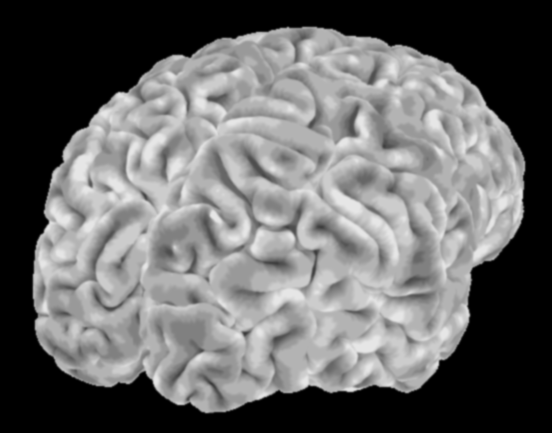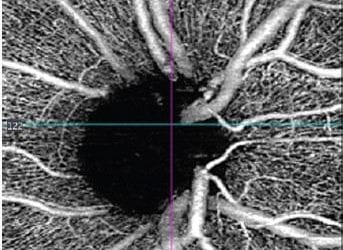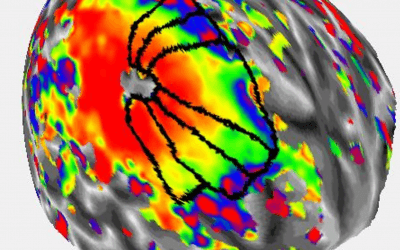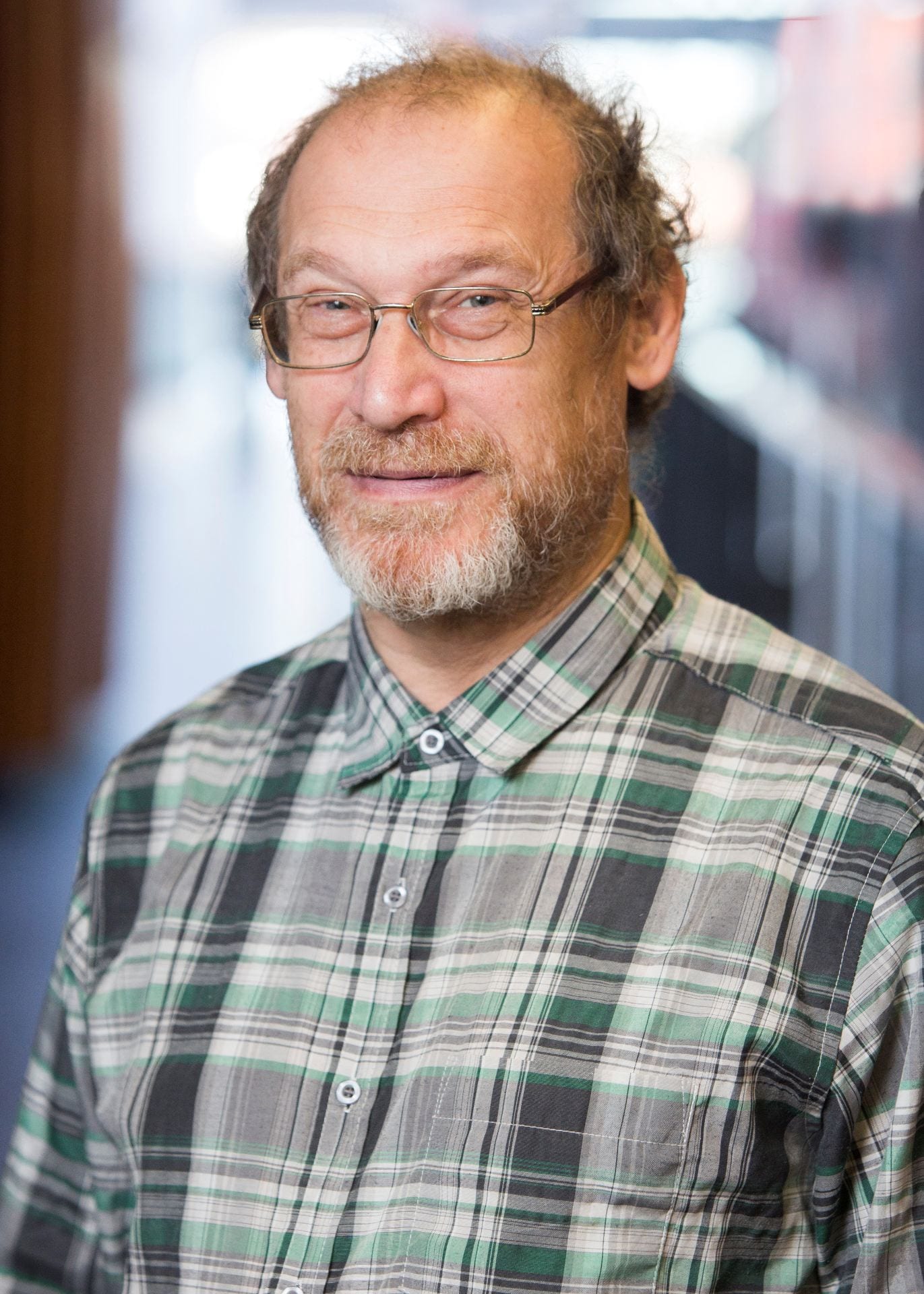Vision Science
We study the neural mechanisms underlying visual perception using a combination of behavioural and psychophysical experiments in humans and animals, mathematical and computational modelling, and brain imaging experiments, predominantly using the MRI facilities in the Centre for Advanced MRI (CAMRI) here in the Faculty of Medical & Health Sciences.
Investigations cover a range of areas such as how perception arises in the brain including the study of visual illusions, what determines the quality of visual experience in health and disease, the ecological relevance of visual functions in different species (ie how plants and animals use colour to communicate), and improving means of measuring visual function in a clinical context to improve treatment or diagnosis of visual disorders such as amblyopia, myopia, or vision loss, as well as broader conditions like neurodegenerative illness, schizophrenia, and autism spectrum disorders.
Most of visual processing occurs in the brain. About a third of the cerebral cortex is dedicated to analysing visual input.
Current research
Marsden Award 2018: cortical limit on visual acuity
In the Marsden Fund awards announced late in 2018, over $700,000 was awarded to a project led by Prof Steven Dakin with Dr Lisa Hamm, Dr Catherine Morgan, and Dr Samuel Schwarzkopf. The project is investigating how the brain limits visual acuity.The overarching goal...
Identifying early retinal markers of frontotemporal dementia
Frontotemporal dementia (FTD) is a leading cause of early onset dementia. It is crucial to identify individuals who are in the early, pre-symptomatic stages of FTD, particularly as treatments are now being developed for neurodegenerative disorders. Imaging of the eye...
Identifying where crowding happens in the brain using MRI
The sense that we are able to see things equally well across our field of view is an illusion. “High resolution” vision is limited to <1% of the field. The remaining “peripheral” vision is quite poor, and is impeded further when the target is surrounded by other...
Our researchers
Prof Steven Dakin
I study human vision using psychophysics (the measurement of the limits of performance), computational modelling and brain imaging. My basic research examines how we recognise objects (such as faces or words) in central and peripheral vision. My applied research is concerned with vision in neurodevelopmental disorders (such as autism) and psychiatric illness (such as schizophrenia). In Auckland my work has focused on measuring vision in children – using technologies like eyetracking, virtual reality and tablet computers – and developing treatments for disorders such as amblyopia (“lazy eye”).
Lab website: Auckland Clinical Vision Science Group (dakinlab.org).
Assoc Prof Sam Schwarzkopf
The overarching goal of my lab’s research is to better understand what in the brain makes us perceive the world the way we do. Therefore, we study the variability and commonalities between people’s perception on the one hand (e.g. the susceptibility to visual illusions or misperceptions) and brain function and morphology on the other hand. Our research mainly employs functional magnetic resonance imaging (fMRI) and behavioural, psychophysical measurements. Specifically, we develop methods to measure the selectivity and functional architecture of sensory cortex (population receptive field mapping, encoding models) as well as novel behavioural methods for inferring what a person perceives. Putting together the information gained from such experiments then enables us to develop computational models for how perception arises in the human brain and how changes in these mechanisms can result in different percepts, both in health and disease.
Lab website: sampendu.net
Dr Misha Vorobyev
Senior Lecturer
The main theme of my research is the relationship between colour vision systems and colourful patterns of plant and animals. I use psychophysical methods to study colour vision of man and animals. To understand the ecological significance of diversity of colour vision systems I combine mathematical modelling with measuring spectra of biologically important objects – flowers, fruits, birds’ plumage and fish skin.






